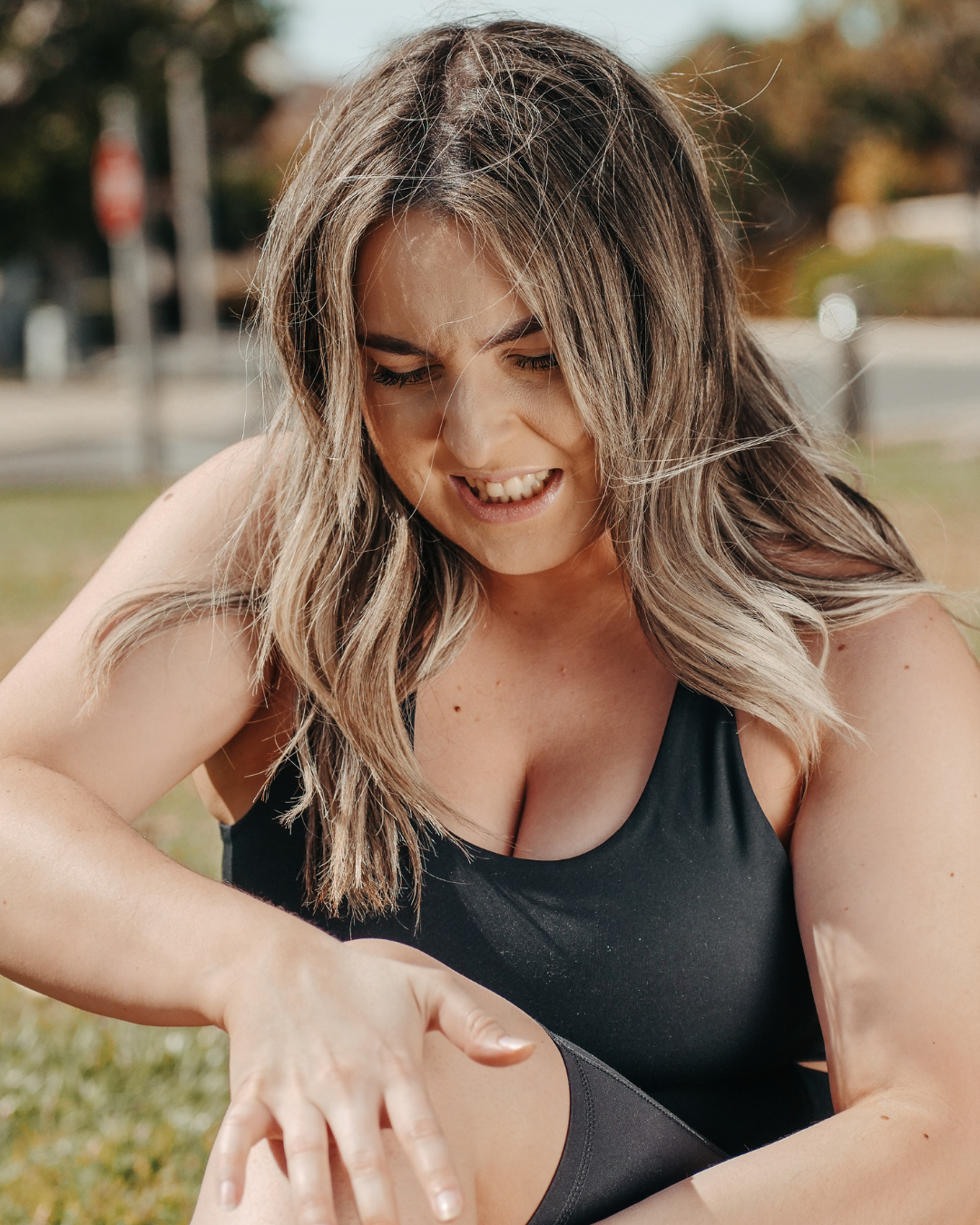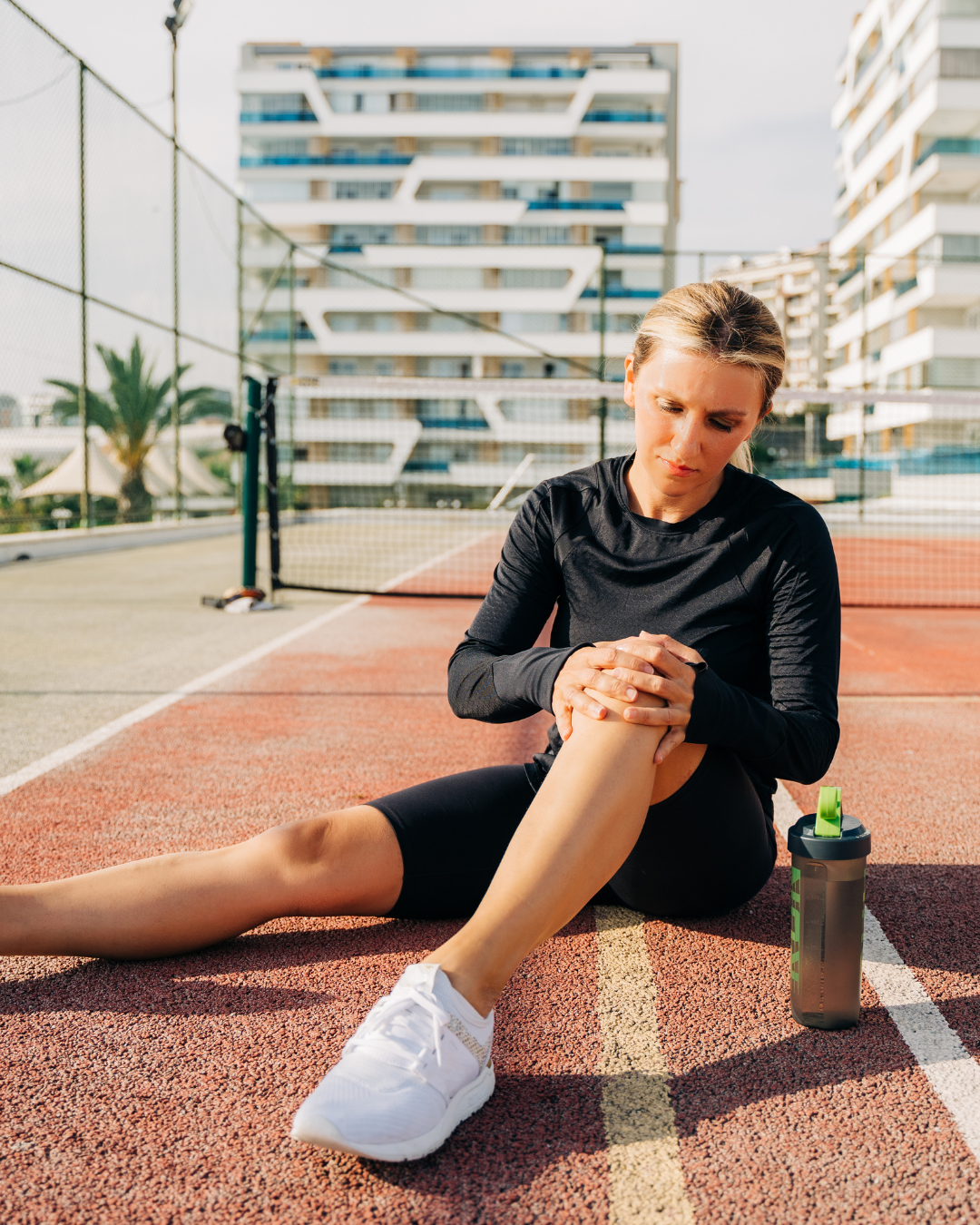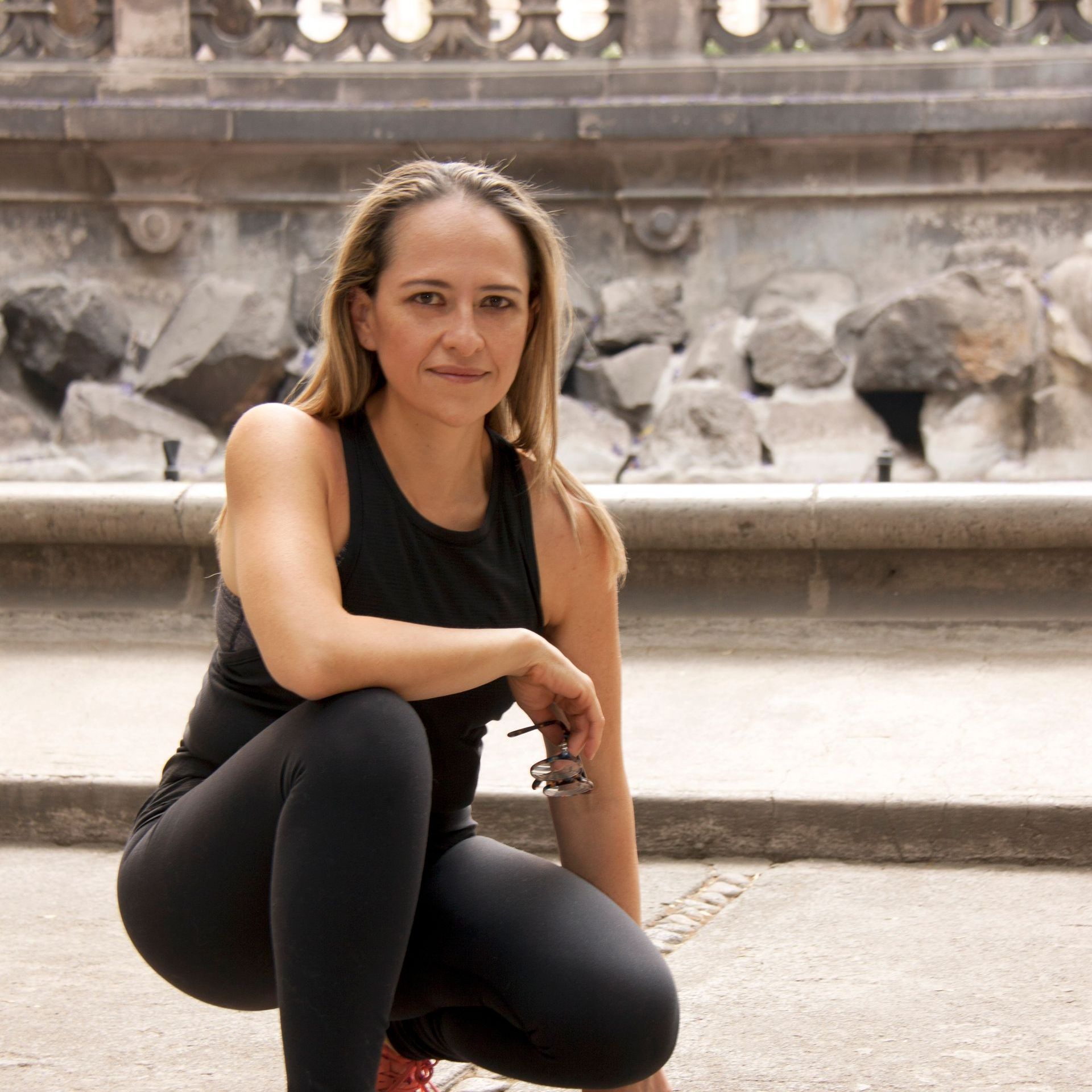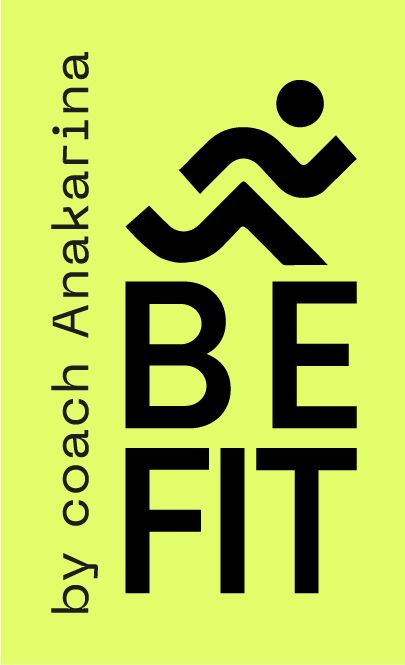How to prevent and fix runner’s knee: a complete guide
Every runner has likely faced the dreaded knee pain that seems to come out of nowhere. Whether you’re a beginner hitting the pavement for the first time or an experienced marathoner, runner’s knee can sneak up and derail your training plans. But don’t worry—with the right knowledge and proactive steps, you can prevent and manage this common injury.
At Be Fit Runners, we are an online running community we believe every runner deserves to chase their goals pain-free. In this guide, we’ll break down everything you need to know about runner’s knee, from its symptoms to prevention tips and effective recovery strategies. Let’s get you back on track and running stronger than ever.
What is a runner's knee?
Runner’s knee, also known as patellofemoral pain syndrome (PFPS), refers to pain around the front of the knee or kneecap. It’s one of the most common overuse injuries among runners and athletes.
Runner’s knee symptoms
- Pain during activities like running, squatting, or climbing stairs.
- Swelling around the kneecap.
- A grinding or clicking sensation when bending the knee.
What causes a runner's knee?
- Overuse: Repeated stress from high-impact activities.
- Weak muscles: Insufficient strength in the hips, glutes, or quads.
- Poor running form: Misalignment can strain the knee.
- Improper shoes: Wearing worn-out or unsupportive shoes exacerbates the issue.
- Sudden activity changes: Rapidly increasing mileage or intensity without proper adaptation.
How do I test if I have a runner's knee?
If you’re experiencing knee pain, here are some signs to check for runner’s knee:
- Activity-specific pain: Notice discomfort when squatting, climbing stairs, or after long runs.
- Kneecap sensitivity: Press gently around the kneecap. If it’s tender, you may have PFPS.
- Stiffness after sitting: Pain or stiffness after prolonged sitting can also indicate runner’s knee.
Pro tip: If your pain persists or worsens, consult a healthcare provider for an accurate diagnosis and treatment plan.
Where does the runner's knee hurt?
Runner’s knee typically causes discomfort in the following areas:
- Around the kneecap: Pain may occur at the front or sides of the kneecap.
- Behind the kneecap: Grinding sensations or deep aches may originate here.
- Surrounding tissues: Swelling or tightness around the knee joint.

Runner’s knee pain
The pain is often described as dull or aching but can intensify during activities like running downhill or after extended workouts. Left untreated, it may lead to chronic discomfort or additional injuries.
How do you fix a runner's knee?
Recovery from a runner's knee requires a combination of rest, targeted exercises, and supportive tools. Here’s how you can treat it effectively:
Runner’s knee stretch
Incorporate stretches to relieve tension in the muscles around the knee:
- Quad stretch: Pull your foot toward your glutes to stretch the front of your thigh.
- Hamstring stretch: Reach toward your toes while keeping your legs straight.
- IT band stretch: Cross one leg behind the other and lean sideways.
Strengthening exercises
- Clamshells: Strengthen your glutes to support knee alignment.
- Step-ups: Build quad strength with controlled step-ups on a low platform.
- Wall sits: Engage multiple muscle groups while improving stability.
- Single-leg squats: Enhance balance and build knee-supporting muscles.
Additional recovery tools
- Foam rollers to relieve tightness.
- Massage guns to target deep tissue soreness.
- Anti-inflammatory creams for quick relief.

How to prevent runner’s knee
Preventing runner’s knee is easier than treating it. By focusing on proper form, strength training, and recovery, you can reduce your risk of injury.
Warm-ups and cool-downs
Always start your runs with a dynamic warm-up to prepare your muscles and end with a cool-down to aid recovery. Simple movements like leg swings and lunges can go a long way in reducing strain on your knees.
Strengthening exercises
Incorporate cross-training activities like cycling or yoga to strengthen supporting muscles and improve flexibility.
Proper footwear
Wearing the right running shoes can make all the difference. Replace shoes every 300–500 miles to ensure proper cushioning and support. For guidance, check out our blog on the best marathon shoes.
Gradual training progression
Avoid rapidly increasing your mileage or intensity. Follow the 10% rule: increase your weekly mileage by no more than 10% to give your body time to adapt.

How long does a runner's knee last?
Recovery from runner’s knee varies based on severity and treatment:
- Mild cases: Pain may subside within a few days to a week with rest and care.
- Moderate cases: Recovery can take 4–6 weeks with consistent rehabilitation.
- Severe cases: May require several months and professional intervention.
What does a runner's knee feel like?
Runner’s knee can manifest in various ways:
- Dull ache: Persistent pain around or behind the kneecap.
- Sharp twinges: Sudden pain during activities like squats or stairs.
- Grinding sensation: A feeling of grinding or popping when bending the knee.
Emotionally, runner’s knee can be discouraging, especially when it disrupts training plans. However, with patience and the right care, you can overcome it.
Tips for managing runner’s knee during training
Dealing with a runner's knee doesn’t mean you have to give up running altogether. Here’s how to manage it while staying active:
- Modify your training: Reduce mileage and avoid high-impact activities until your knee heals.
- Low-impact alternatives: Swap running for swimming or cycling to maintain fitness.
- Gradual return: Ease back into running by starting with shorter distances and slower paces. Change the running surface like a track or the treadmill to reduce impact
- Track your progress: Use a running watch to monitor your recovery and ensure you’re not overloading your knees.
Pro tip: Listen to your body and stop immediately if pain worsens.

Top tools for preventing and recovering from runner’s knee
- Foam rollers: Relieve tight muscles and improve flexibility. Example: TriggerPoint GRID Foam Roller.
- Compression sleeves: Support healing and reduce inflammation. Example: Pro-Tec Athletics Knee Sleeve.
- Running shoes: Minimize knee impact with cushioned shoes. Example: Hoka Bondi 8
- Massage balls: Target deep muscle knots for improved mobility. Example: RAD Massage Ball.
Stay pain-free and strong: your next steps
Runner’s knee can be a frustrating setback, but with the right approach, it doesn’t have to keep you off the road. Focus on prevention, prioritize recovery, and stay consistent with strengthening exercises.
Ready to take control of
your running journey? Join our online membership for runners for expert guidance, personalized plans, and a supportive community. Let’s conquer every mile together!
* Blog Disclosure: Reading our blog does not replace any medical or health consultations with licensed professionals. This blog is created with educational purposes.

Hola, I'm coach Kari
Many of my athletes come to me because they no longer enjoy running, whether due to injury or simply because they're not improving their performance. I want to help you break out of this vicious cycle and enjoy running again. Through my running coaching, you will improve your techniques and become a stronger runner.
Download your running roadmap to 5k,10k or your first marathons (EN/ES available) 👇




